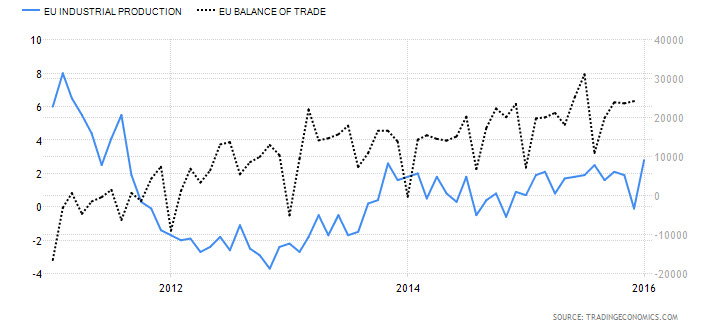
The battle lines are being drawn for the Federal Reserve’s monetary policy meeting this week. The prevailing market consensus right now is that no resolution of the debate – which mainly concerns inflation – will happen at the meeting, meaning there will be no change in interest rates, and may not be before the end of this year.
One side of the issue, which seems to be the prevailing view at the central bank, was recently promulgated by Fed governor Lael Brainard at a meeting of the Economic Club of New York. “My own view is that we should be cautious about tightening policy further until we are confident inflation is on track to achieve our target,” she said. “We have been falling short of our inflation objective not just in the past year, but over a longer period as well. What is troubling is five straight years in which inflation fell short of our target despite a sharp improvement in resource utilization.”
The other side, which appears to be the minority opinion, is represented by William Dudley, the president of the New York Fed, who isn’t overly concerned about the current level of inflation. “Even though inflation is currently somewhat below our longer-run objective, I judge that it is still appropriate” to raise interest rates soon, he said recently. “I expect that we will continue to gradually remove monetary policy accommodation.” Continue reading "What's Behind the Fed's Inflation Obsession?"



